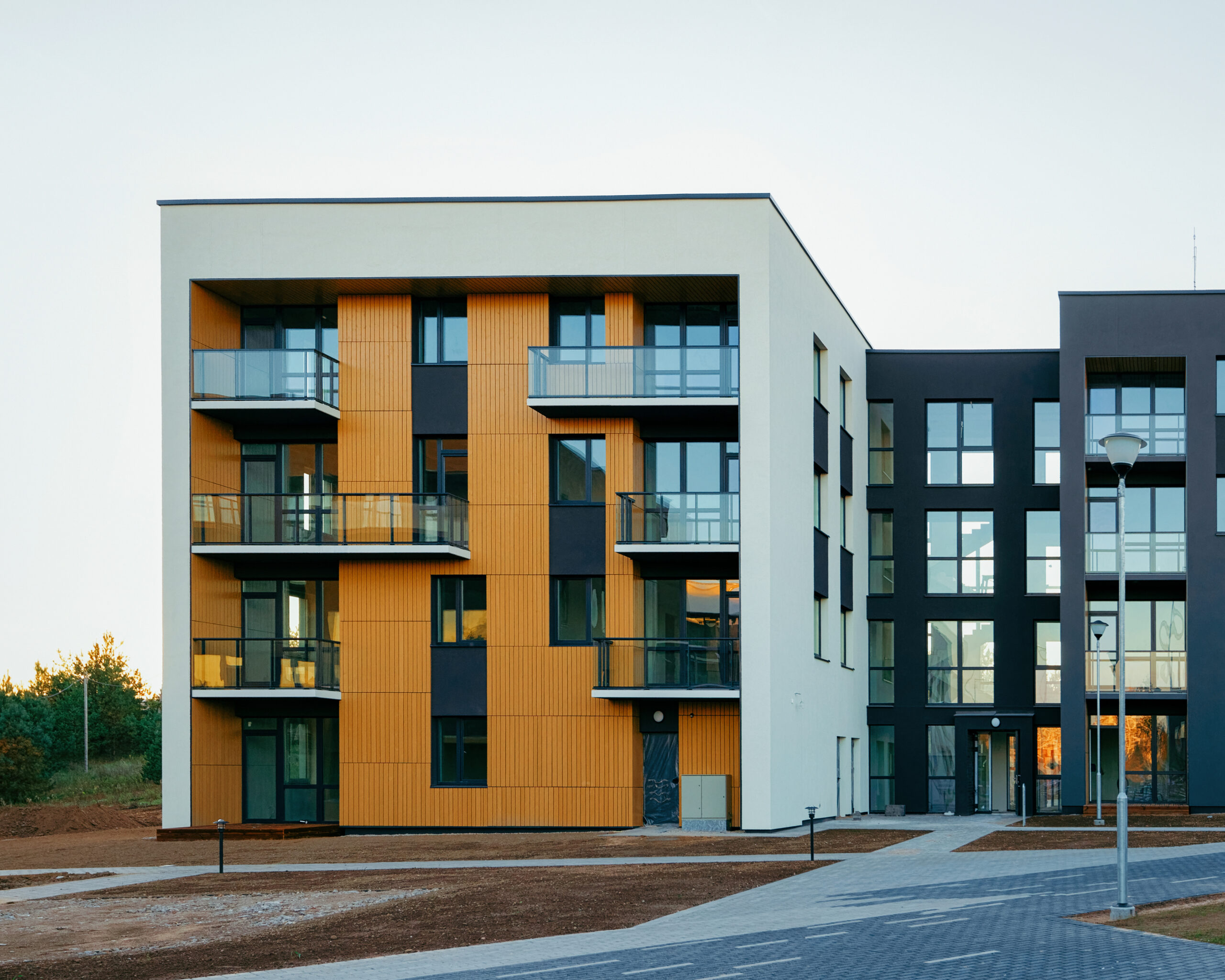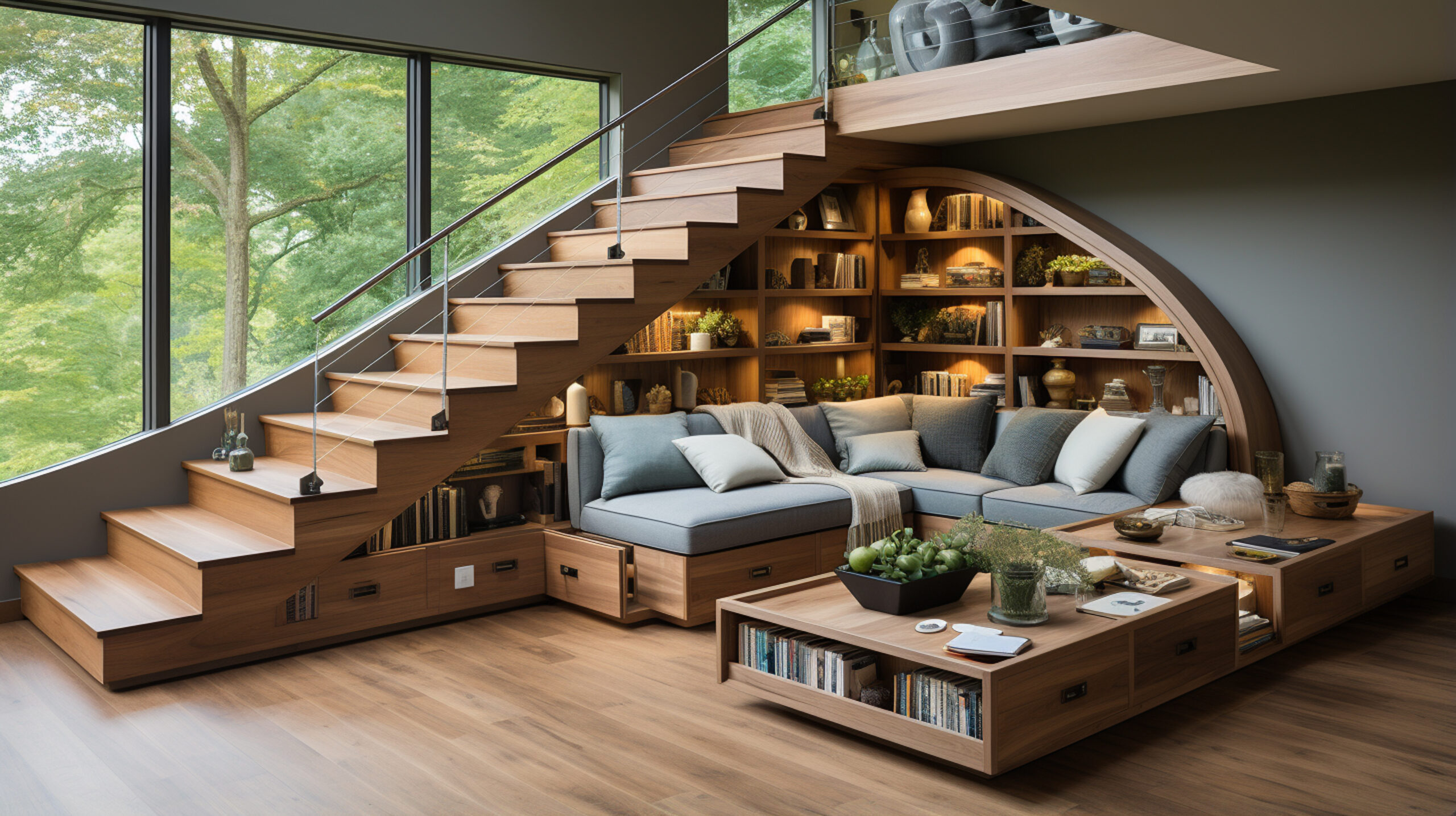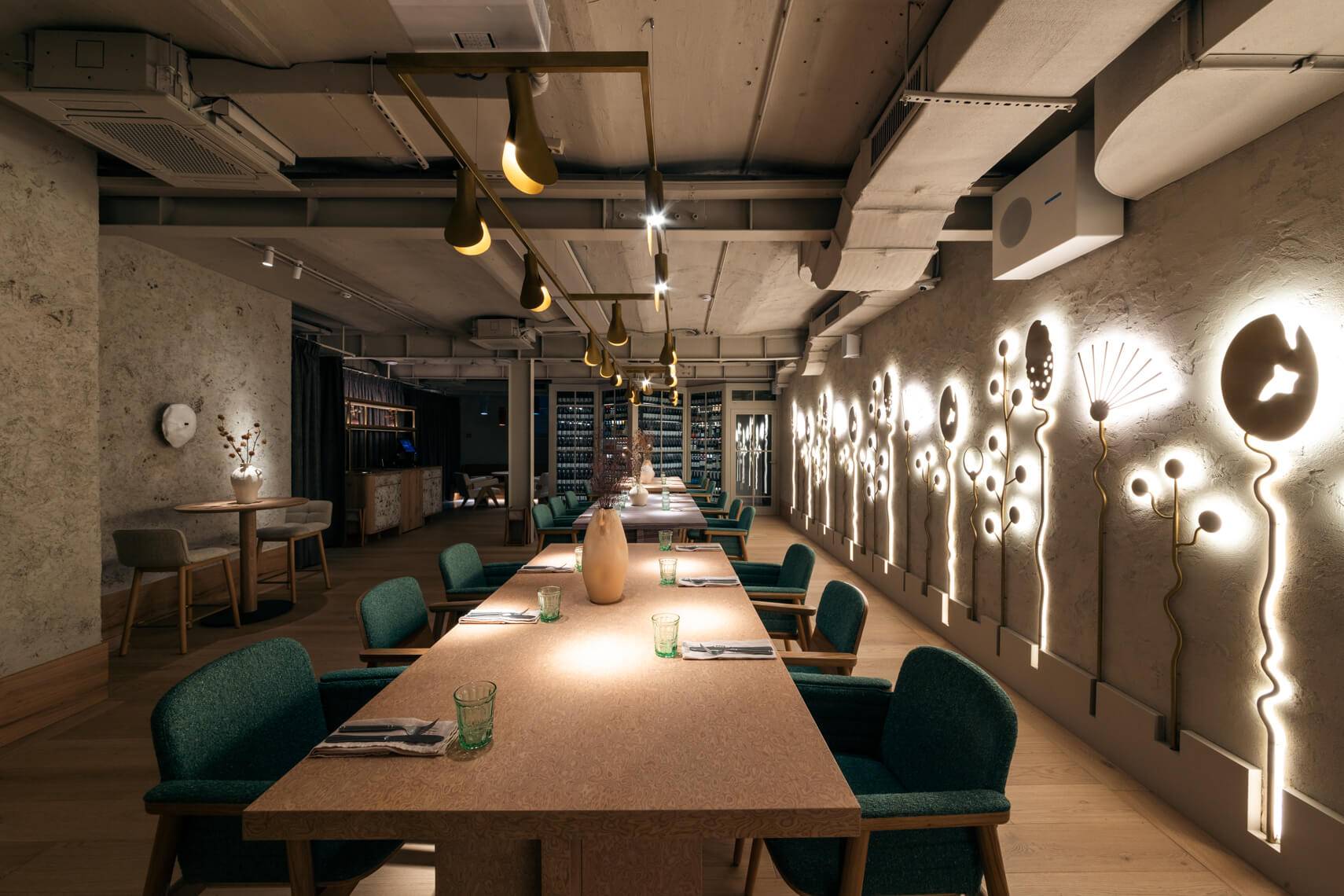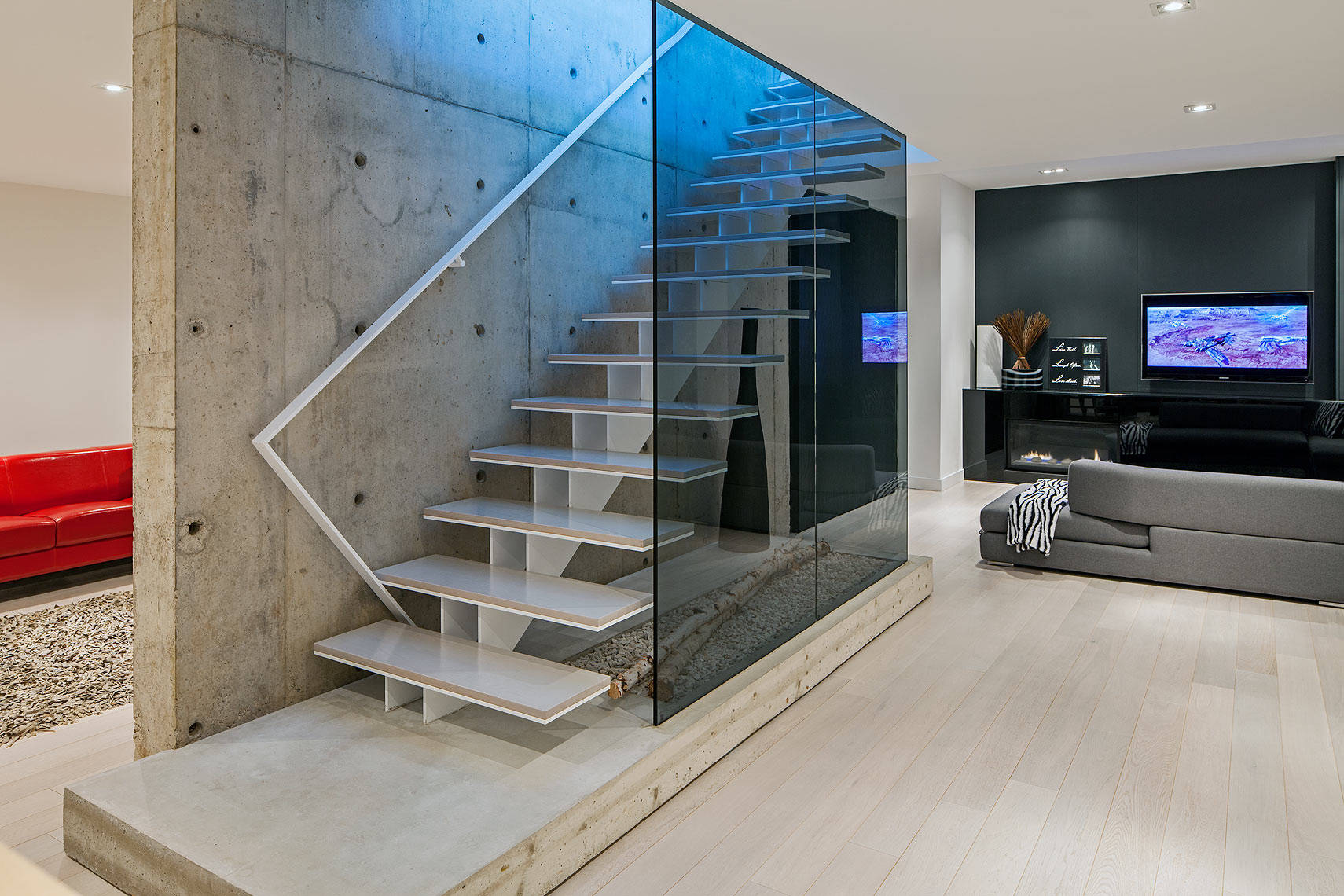Secondary dwellings, once considered unconventional, are increasingly becoming a viable housing option for many. In this comprehensive guide, we’ll delve into what secondary dwellings are, why they matter, and everything you need to know about planning, designing, financing, managing, and living with them. Secondary dwellings, also known as accessory dwelling units (ADUs), granny flats, or backyard cottages, are self-contained living spaces located on the same property as a primary residence. They can take various forms, such as converted garages, basements, or purpose-built structures. The flexibility in design and location makes them a versatile solution for homeowners seeking additional space without the need for separate land.
Why Secondary Dwellings Matter
The growing interest in secondary dwellings stems from their numerous benefits. They offer homeowners additional income streams through rental opportunities, provide affordable housing options for renters, promote multigenerational living arrangements by accommodating family members or caregivers, and contribute to more sustainable land use practices by maximizing existing property space.
Exploring Different Types
Granny Flats: These are self-contained living units typically located adjacent to or within the primary residence. They often feature a bedroom, bathroom, kitchenette, and living area. Granny flats are ideal for accommodating elderly relatives, guests, or renters seeking a separate living space.
Accessory Dwelling Units (ADUs): ADUs are standalone structures that can be built in the backyard or attached to the primary residence. They offer more privacy and independence compared to granny flats and can serve as long-term rentals, guesthouses, or home offices.
Converted Garages or Basements: Existing structures like garages or basements can be repurposed into secondary dwellings, providing a cost-effective housing solution. This option is popular among homeowners looking to utilize underutilized space on their property without the need for new construction.

Planning and Zoning Regulations
Researching Local Regulations
Before proceeding with the construction of a secondary dwelling, it’s crucial to understand local zoning laws and regulations governing ADUs. This includes setbacks, size limitations, parking requirements, and permitting processes. Different municipalities may have varying regulations, so thorough research is necessary to ensure compliance.
Designing Your Secondary Dwelling
Maximizing Space Efficiency
Efficient layout design and clever storage solutions are essential for making the most of limited space in secondary dwellings. Consider features like built-in furniture, multifunctional spaces, and compact appliances to maximize functionality without sacrificing comfort.
Sustainable and Eco-Friendly Design
Incorporating eco-friendly design elements such as energy-efficient appliances, passive solar heating, and sustainable building materials not only reduces environmental impact but also lowers utility costs for occupants.

Financing and Budgeting
Exploring Financing Options
Financing a secondary dwelling can be achieved through traditional mortgages, home equity loans, or alternative financing methods like personal loans or crowdfunding. Each option has its advantages and considerations, so homeowners should carefully evaluate their financial situation and goals before deciding on the best approach.
Setting a Realistic Budget
Factors such as size, location, materials, and labor costs influence the overall budget. It’s essential to account for all expenses, including permits, design fees, and unexpected contingencies, to avoid overspending during the construction process.
For instance, creating a detailed budget spreadsheet that breaks down costs for each phase of the project can help homeowners track expenses and identify areas where savings can be made.
Building and Construction
Hiring Contractors vs. DIY
Deciding whether to hire contractors or tackle the construction yourself depends on factors like budget, time constraints, and personal skill level. Each approach has its advantages and drawbacks, so homeowners should weigh their options carefully before making a decision. For example, while hiring experienced contractors can ensure high-quality workmanship and faster completion times, DIY projects allow homeowners to save on labor costs and have greater control over the construction process.
Navigating the Construction Process
Managing timelines, obtaining necessary permits, and dealing with unforeseen challenges are all part of the construction process. Flexibility and communication are key to navigating these complexities and ensuring that the project stays on track. For example, unexpected delays due to weather conditions or material shortages may require adjustments to the construction schedule, so homeowners should be prepared to adapt and communicate effectively with contractors and suppliers.

Legal and Insurance Considerations
Securing Proper Insurance Coverage
Homeowners should ensure their insurance policy covers the secondary dwelling and provides adequate liability protection in case of accidents or damages. Additional coverage options such as landlord insurance may also be necessary for rental properties to protect against potential tenant-related risks. For example, landlords should consider adding an umbrella liability policy to their insurance coverage to provide an extra layer of protection against large liability claims that exceed the limits of their primary insurance policies.
Understanding Legal Implications
Effective communication and conflict resolution skills are essential for managing tenant issues professionally and maintaining positive landlord-tenant relationships. Address concerns and requests from tenants promptly and fairly to ensure tenant satisfaction and retention. For example, establishing open lines of communication with tenants and responding to inquiries and maintenance requests promptly can help build trust and goodwill between landlords and tenants, leading to a more positive rental experience for both parties.
Handling Tenant Issues
Landlords must familiarize themselves with local rental laws, including tenant rights, eviction procedures, and fair housing regulations, to ensure compliance and avoid legal issues. It’s also essential to establish clear rental agreements that outline the rights and responsibilities of both parties. For example, landlords should include clauses in the rental agreement regarding rent payment deadlines, maintenance responsibilities, and rules regarding pet ownership to avoid misunderstandings or disputes with tenants.
Last verdict
Embracing the Secondary Dwelling Lifestyle
Secondary dwellings offer a flexible and sustainable housing solution that addresses the evolving needs of homeowners and tenants alike. By understanding the planning, design, financial, legal, and management aspects involved, individuals can unlock the full potential of secondary dwellings as a valuable addition to their property portfolio and lifestyle.
Final Thoughts and Recommendations
Whether you’re considering building a secondary dwelling for additional income, housing family members, or simply maximizing your property’s potential, thorough research, careful planning, and attention to detail is crucial for success. By following the guidelines outlined in this guide and seeking guidance from professionals where needed, you can embark on your secondary dwelling journey with confidence and clarity.


